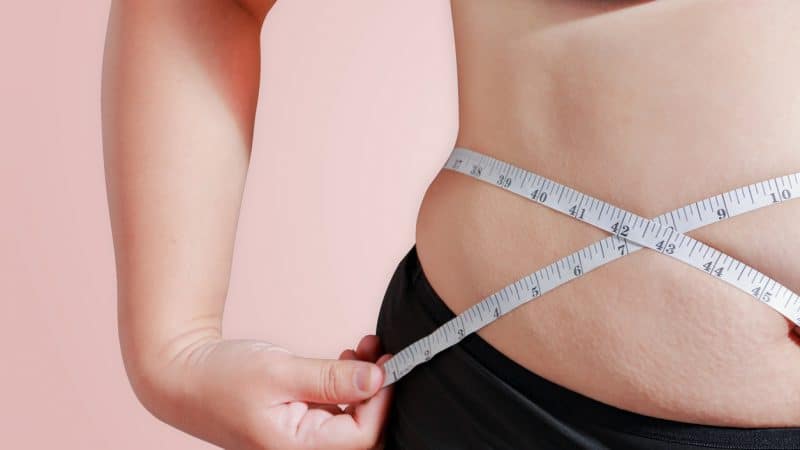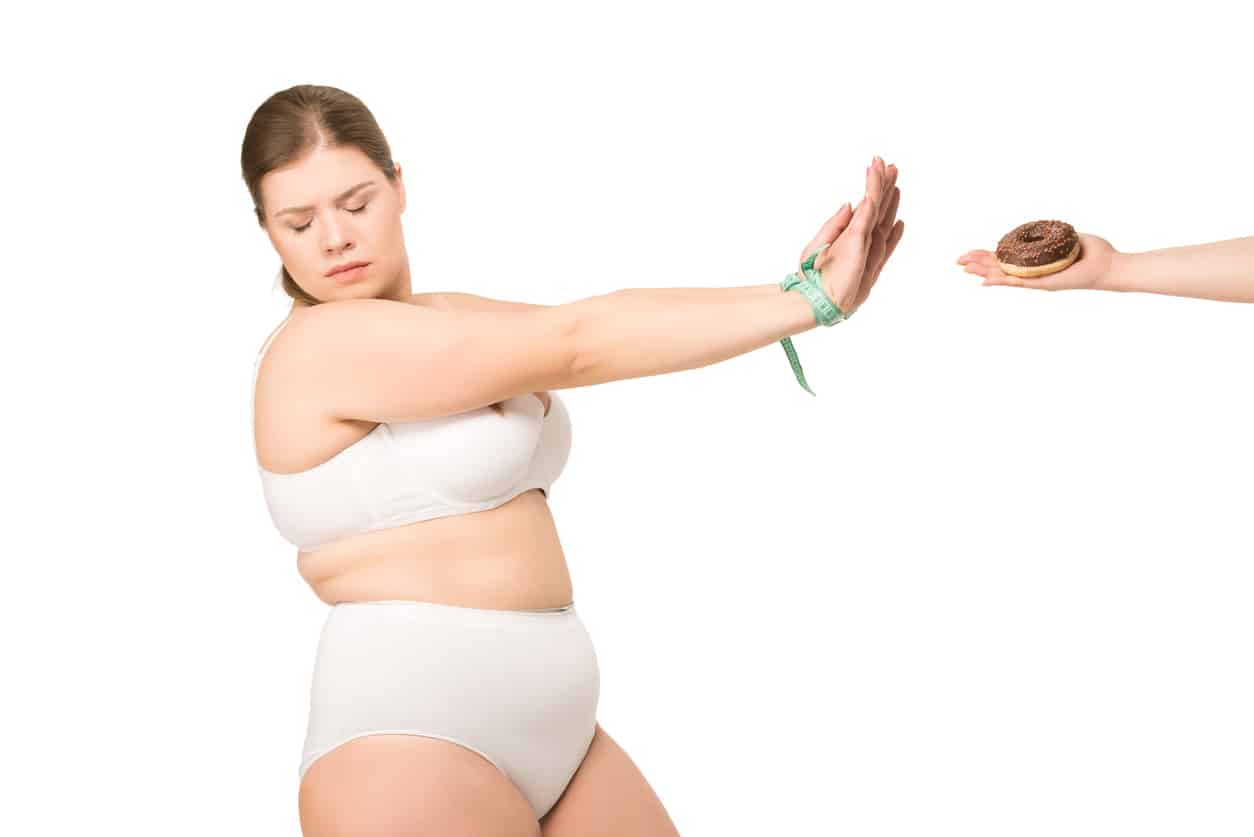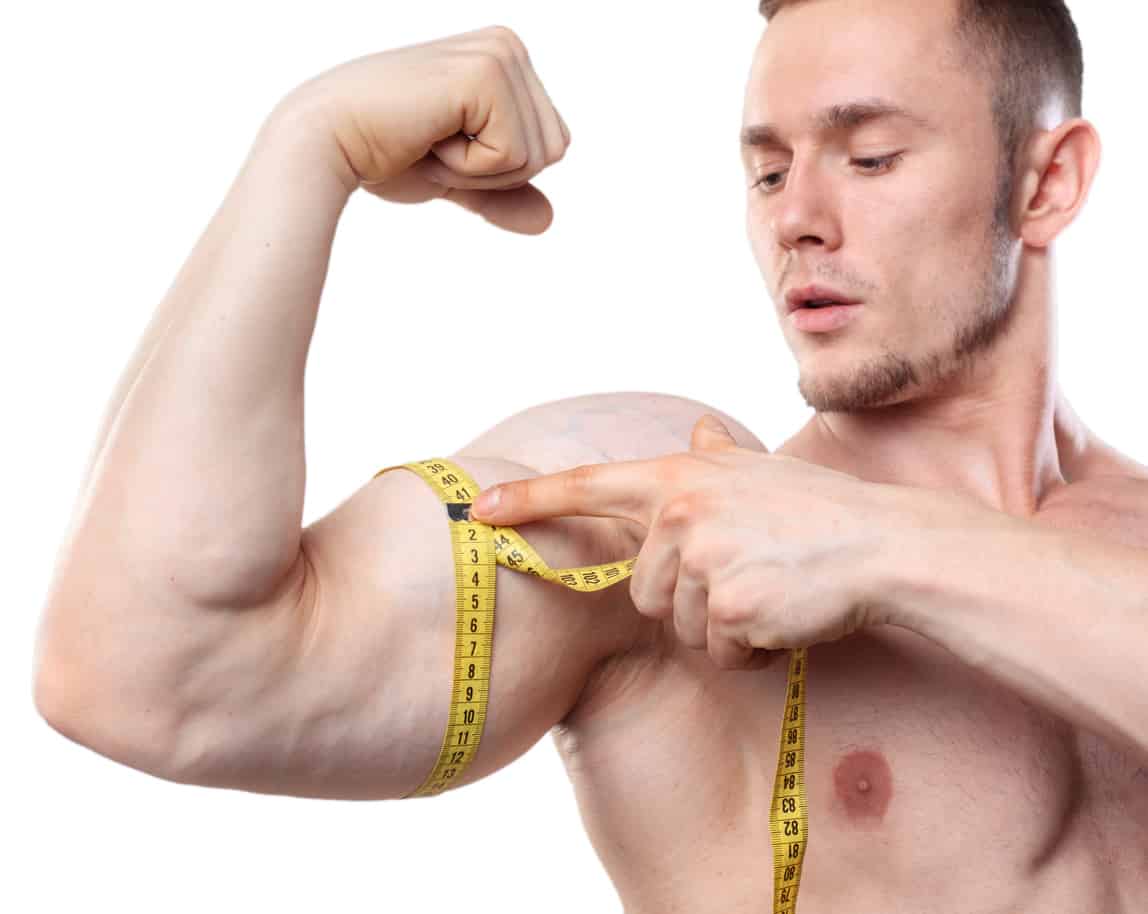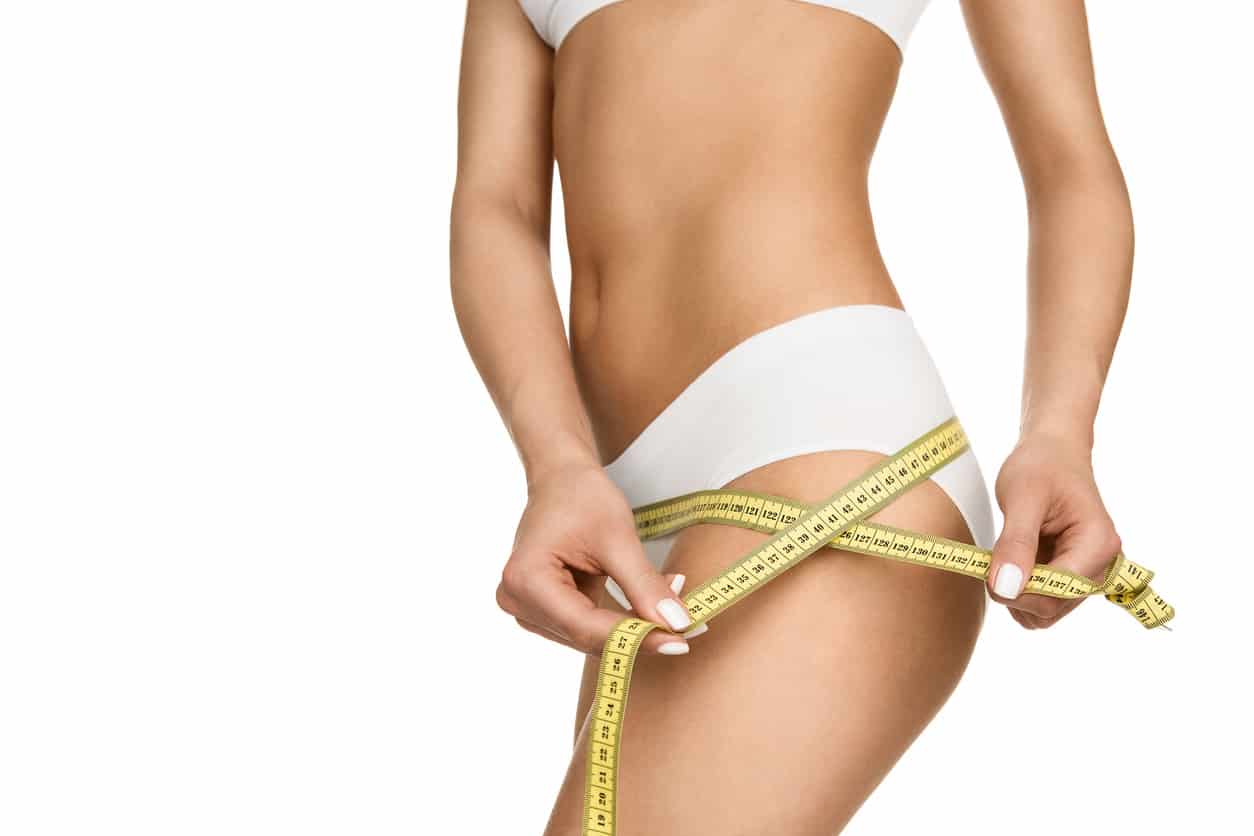Tracking Your Progress: How to Take Body Measurements During Weight Loss
Tracking Your Progress: How to Take Body Measurements for Weight Loss
You don’t have to rely on the scale to track your weight loss process. Find out how to take body measurements for another way to see your progress.
Want to learn how to take body measurements for weight loss? Then you’ve come to the best place! We’re going to tackle on the sensitive topic of losing weight, and everything it involves.
Many people all over the world struggle with weight loss. It’s no mystery that there is an obesity issue in the United States. But what is the culprit behind so much weight gain, and can we stop it?
We’re going to be answering all your questions about weight loss and tracking results. We’ll take a closer look at all your tracking options, and what’s best for you. You’ll also gain more tips and tricks for keeping up with your weight loss process.
Keep reading to see the best options for tracking your weight loss body measurements!
Getting Healthy and Losing Weight
You’ve made the choice to lose weight, congratulations! That’s one of the hardest parts done. In truth getting healthy and losing weight is all about the right mental state.
That’s where tracking progress carries the most power-encouraging focus. You may be wondering: what’s the point of tracking progress?
While some choose to venture into losing weight without a plan, the best option is to have a goal. Goals are achievable! Tracking your progress is what will get you from point A to point B.
Are there other benefits to tracking? Yes, in fact, there are several. We want you to have a full understanding of why tracking progress is a great option for everyone.
Let’s examine each benefit closer.
Benefits of Tracking Progress
It’s fun to see the difference in your body from start to finish. You might consider taking before and after photos to show everyone your progress. Tracking your measurements is vital for your weight loss progress.
It’s more of a mental habit to focus your brain on continuing to lose weight. In our modern age, there are many temptations that can get us off the path of weight loss. There’s fast food at every street corner, and full-time jobs make us sleepy.
All we want at the end of the night is to curl up and doze off with a full belly, right? This throws a major wrench in the gears when we’re trying to lose weight. That’s why tracking your body measurements will keep you from slipping up.
You’ll see the exact body parts you’ve been neglecting. You’ll know how to better tailor your nutrition plan. Plus, it’ll target a workout routine to get better results.
You’ll get to decide if you should get serious and hit the gym or do at home workouts. Let’s break apart all the benefits of tracking your progress during weight loss.
Keeping Up Your Motivation
Motivation is crucial for losing weight, so you want to ensure you are practicing the best habits. Listen to music, and get yourself ready to pump some iron. Tracking your progress is a good habit to remind you of your success so far.
It’s also going to show you where you need to focus your energy. For example, if you are noticing more weight in your tummy area, you might avoid heavy carb lunches.
Another culprit behind tummy fat is stress hormones! In that case, try out some meditation workouts at the office or during lunch. Quick yoga poses can also release tension that gets stuck in your shoulders from hours of desk work.
It’s easy to get caught up in the stress of everyday life. Tracking your progress is a great way to get your mind clear and practice mindfulness. Which leads us to our next topic.
Being Mindful and Understanding Your Triggers
Another benefit of tracking your progress is that you develop mental resistance. That means that it displays all your triggers, and helps you become more mindful. Mindfulness is helpful for losing weight, but also maintaining weight loss.
As you track, you will notice patterns or trends in your data. You will see a clear picture of what makes you overeat or indulge. You can start to avoid foods or drinks that cause your weight to spike.
Drinks like alcohol can sabotage your weight loss goals, so keep up the focus. This can be hard to avoid when you want to have a normal social life. Going out to restaurants is a popular way to socialize, or have work meetings.
The most difficult aspect of avoiding triggers is resisting temptations. This is where tracking your progress comes in to save the day. It’s harder to give in to temptation when you know the consequences of overindulging.
While it’s hard to say “no,” you’ll be glad that you were strong and hit your weight loss goal.
What Are Body Measurements
We know tracking progress results are beneficial to our weight loss. Now, let’s get into what body measurements are. Body measurements are measurements of body parts like the neck, arms, torso, hips, and so on.
In America, the metric system most people use is inches to record track results. You might have a fitness coach that uses a tape measure for the body measurements. Most times, they use this to jot down your starting body measurements.
They wrap the tape measurement around each body part and see the total number of inches. Here’s everything you need to know about body measurements…
How to Take Body Measurements
Taking body measurements is all about precision, and placing the tape in the right place. It’s also important to note that taking body measurements will vary in women and men. That’s because, of course, women have a bust.
For the most part, the common body measurements for weight loss are:
- Arms
- Legs
- Waist [tummy or gut area]
- Hips
These areas will reduce in inches as you lose weight. It will also reveal details about your workout. Here’s an example.
If your waist is smaller, but the legs are bigger, then you’re practicing cardio or leg exercises. You body measurements are telling, and will more often tell you what you need to focus on.
How to Measure Biceps
Measuring biceps might be the trickiest of the body measurements. Don’t worry, it’s easy so long as you remember “flex.” That’s right when you’re measuring a bicep, you’ll need to flex the muscle.
The goal is to get the tape measure around the bicep at it’s highest point. The best way to tackle this measurement is to have the person flex their arm up. Then, tell them to flex their bicep muscle.
Wrap the tape measure around the bicep. Be sure not to pull too tight or let it hang loose. You want a good, solid tension on the tape measure for an accurate reading.
Then, write down the total inches on your recording device.
How to Measure Forearms
Measuring the forearm is along the same idea as the bicep. This measurement can be done with the arm pointing straightforward. Again, tell the person to flex their arm muscles, which will flex the forearm.
Wrap the tape measure around the forearm, below the elbow. Don’t put the tape measure on the elbow, and don’t get to close to the wrist. You’re looking for the highest point the muscle juts out.
Make sure your tape measure is level to the zero. Check the tension on the tape measure. Is it too tight or too loose?
Once you check all your bases, go ahead and take your measurement. Record the amount in inches in your recording device.
How to Measure Shoulders
Face the person you are measuring head on. Take the tape measure and hold it horizontal to the person. Then, place one end of the tape measure in the center of their chest area.
Take the other end and wrap it around their body so it goes over their back and around the other shoulder. Allow the other point to meet with the first end of the tape measure.
This is your measurement. Again, check for tape measurement tension and level the ends starting at zero. Record your measurement.
[For Women Only] How to Measure the Bust
Like a shoulder measurement, wrap the tape measure around the person. Keep the tape measure straight and horizontal. With a gentle tension, wrap the tape measure around the back of the woman.
Fishing the tape measure under each arm, let it rest against either side of the chest. Be sure to align the tape measure at the highest point of the bust.
How to Measure the Neck
The neck is the easiest measurement of all. For men, you’ll want to wrap the tape measure around the middle of the neck, below Adam’s apple. For women, it’s measured around the middle area of the neck.
Here, you want to ensure that the tape measure is straight and horizontal. Check the tense as usual, and line up the tape starting at zero for accuracy.
How to Measure the Waist
The waist for women is at the smallest point. Unlike muscles, you want to get the smallest point where the waist comes in. Picture putting on a belt.
You want to be sure the tape measure is straight and in a horizontal line. If it drops the reading will be inaccurate. Keep a solid tension on the tape measure to avoid inaccuracy.
Wrap the tape measure around the smallest point of the waist. Most times, this is between the space of the bottom of the ribcage and above the belly button. For men, you can gauge placement like women.
Use your hip bones for guidance. Feel out the area above to find out where your body caves in the most on each side.
How to Measure the Hips
For both men and women, you’ll want to wrap the tape measure around the width of your hip space. Include in your measurement the highest point of your bottom. Wrap the tape measurement straight, tense, and horizontal.
Be sure to align the measurement with the zero for accuracy. Record your measurement.
How to Measure Thighs and Calves
The idea is the same with these bodies parts as it is for the others. You want to get the circumference of the thickest, or highest point of the muscle. Measure each leg by itself.
Wrap the tape measure around one thigh in the mid-section of the quad area. This is about three or four fingers down from the pelvic region. Remember, that the goal is to measure around the high point.
Measure the right leg the same. For the calves, start off with one leg. Again, look for the highest point of the muscle and wrap the tape measure around.
If you flex for one measurement, stay consistent. You’ll need to flex for all measurements to avoid mistakes later on. It’s good to make a note if you keep a body measurements chart or have a record keeping.
Body Measurements and Record Keeping
There are different ways to keep track of your progress. You might have a paper journal or graphing paper notebook. Some prefer other avenues like smartphone apps or even excel spreadsheets.
How you choose to record keep is up to you and your convenience. Each has its perks. Weight loss smartphone apps are versatile and nifty. You can download food apps for tracking food items you intake or tracking your workout.
If you like to check your heart rate during a workout, this is a great option. There are apps which will break down each food item you ingest. Some split foods into different percentage groups of nutrition.
This makes it especially easy to see your calorie count, macros, or fats/carbs/proteins. From here you can see if you are eating too many sugars or taking in too much protein.
Changing Your Life With Us
Want firsthand help on how to take body measurements? Let us give you a hand! Try out our popular 9-week challenge for the ultimate body transformation.
Leave 2018 in the past, and embody the new you with a literal new body. This challenge will get you access to all the resources you’ll need to make the change of a lifetime. You’ll get information on diet and nutrition, and workout routine tips and tricks.
Our 21 Day Body Transformation Challenge combines diet and exercise to transform your look. If you want to turn heads for the right reasons, find out more here.







Recent Comments